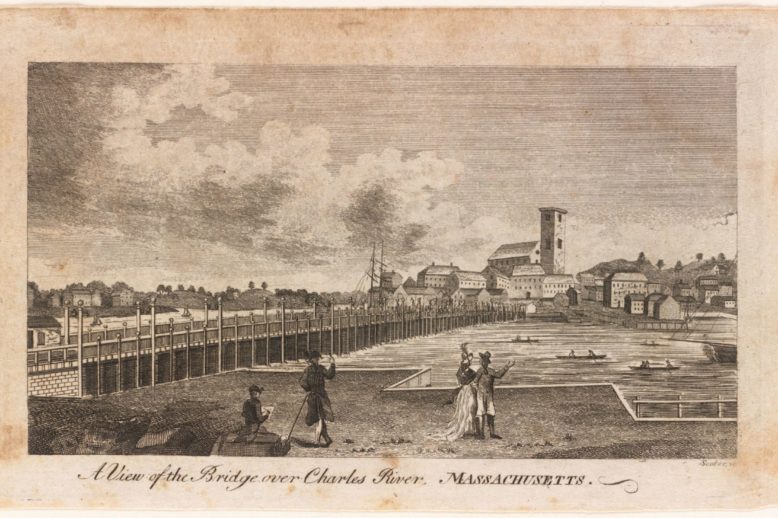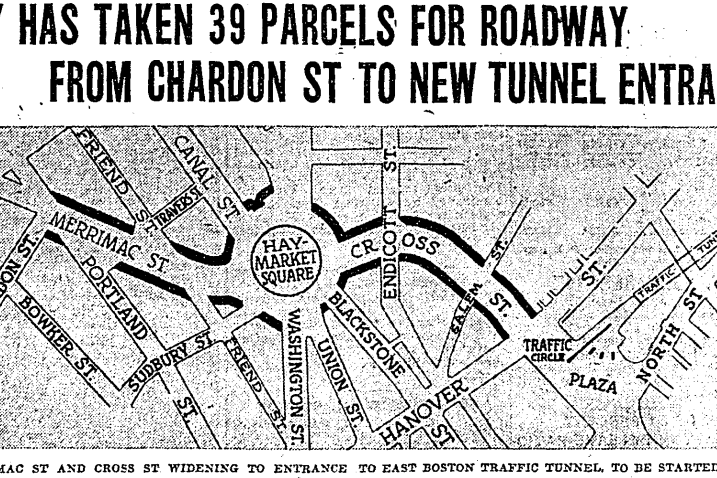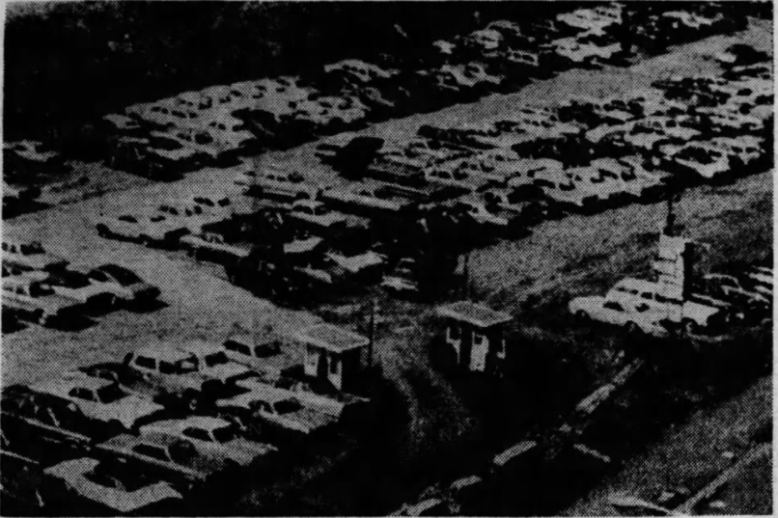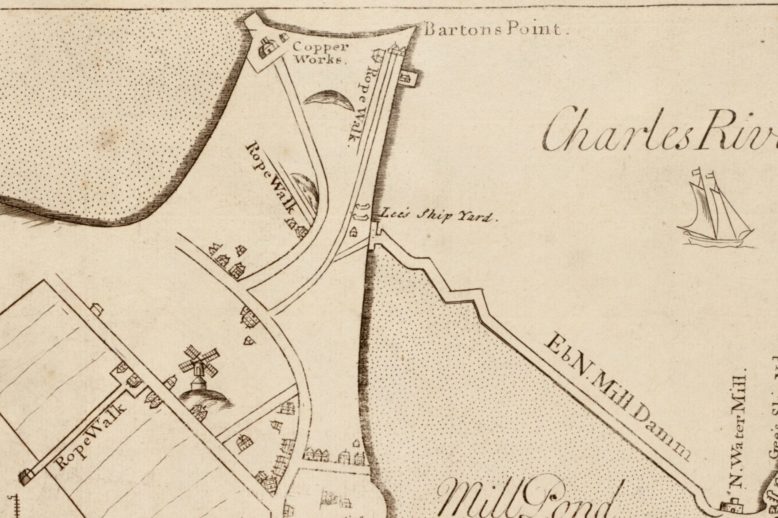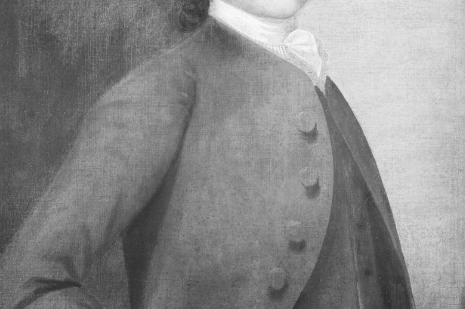Topic: Transportation & Industry
Bridges, trains, train stations, public transportation, motor vehicles, factories, light industry, mills, ropewalks
The West End played a key role in defining the U.S. jurisprudence surrounding the execution and maintenance of contracts set out in the U.S. Constitution in two major cases: Charles River Bridge v. Warren Bridge & Fletcher v. Peck.
Before the City of Boston widened Chardon Street in the 1930s to develop the area around Haymarket Square, West Enders voiced their support for widening the street on a grassroots level.
Augustus Mantia and his family owned the West End parking lot Staniford Street during the 1960s. Cars parked on an unpaved field where vibrant tenements once stood before their demolition by the Boston Redevelopment Authority in the late 1950s. Public backlash against the Mantias’ monopoly over the lot – with high profits, abnormally low rent, and no competitive bidding process – led the City to close the parking lot in January 1971.
James Barton was the owner of a rope walk in the West End, on the land of descendants of Sir John Leverett.
Henry Whitney was the president and founder of the West End Street Railway Company during the Gilded Age. He led the company to expand across Boston, and was integral to Boston completing North America’s first subway lines, the precursor to today’s MBTA.
Thomas Hodson’s quarry extracted gravel from the north slope of Beacon Hill in the middle of the eighteenth century. This provoked public outrage, but the excavation of Beacon Hill for the expansion of Boston was too difficult to stop.


